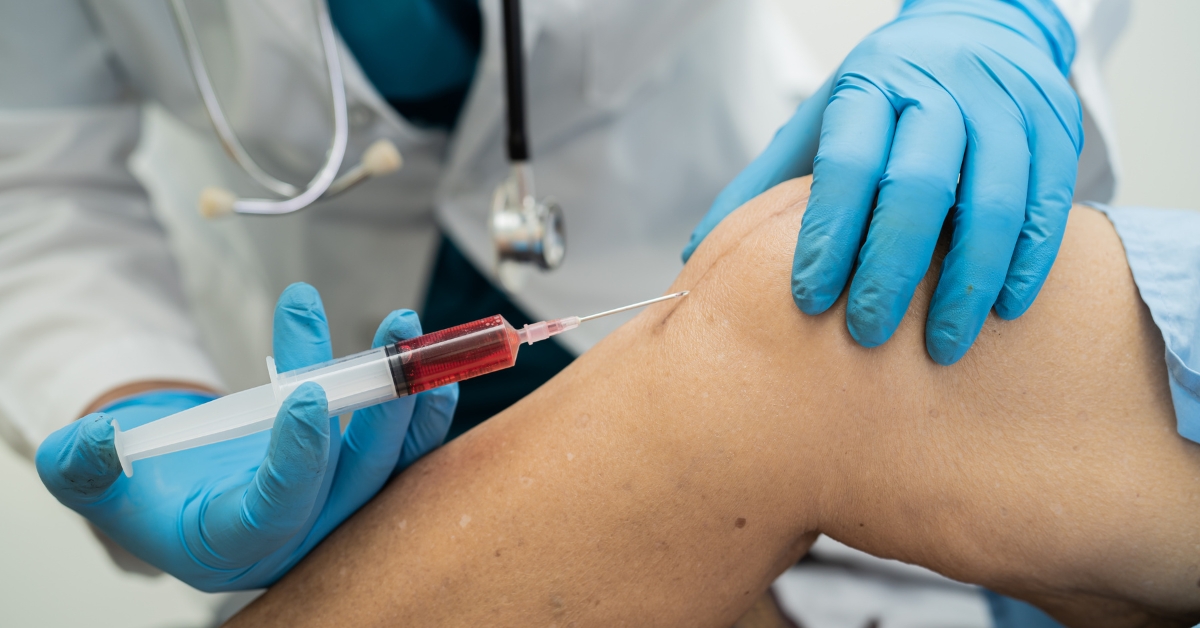Osteoarthritis, a degenerative joint disease, is one of the most common causes of chronic pain and stiffness, especially in the knees, hips, spine, and hands. While surgery is an option in severe cases, many patients manage their condition effectively without going under the knife. This blog will explore various non-surgical strategies to manage this disease and maintain an active, pain-free lifestyle.
1. Physical Therapy and Movement-Based Treatment
Physiotherapy is one of the most recommended and effective non-surgical treatments for osteoarthritis. It focuses on strengthening the muscles around the affected joint, increasing flexibility, and improving balance.
A doctor for sports injuries or rehabilitation can also guide tailored physical therapy programmes. These experts understand joint mechanics and can suggest exercises that reduce stress on arthritic joints without risking further damage.
Effective Exercises May Include:
- Low-impact aerobics (walking, cycling)
- Stretching and yoga
- Hydrotherapy (pool-based therapy)
2. Weight Management
Excess body weight puts additional stress on weight-bearing joints such as the knees, hips, and lower back. Losing even 5–10% of your body weight can make a noticeable difference in pain levels and mobility.
Tips to Support Healthy Weight Loss:
- Choose anti-inflammatory foods like leafy greens, turmeric, and berries
- Avoid processed sugars and saturated fats
- Drink plenty of water and stay active
3. Pain Management Medications
Over-the-counter pain relievers such as paracetamol, NSAIDs (like ibuprofen), and topical creams can help relieve joint pain and inflammation. For moderate to severe cases, your doctor might suggest:
- Prescription NSAIDs
- Corticosteroid injections
- Hyaluronic acid injections to lubricate joints
These should always be taken under medical supervision to avoid long-term side effects.
4. Bracing and Assistive Devices
Using braces, canes, or shoe inserts can help take pressure off arthritic joints. For osteoarthritis in the hands or wrists, wrist braces or splints are commonly used to stabilise movement and reduce strain.
In more complex cases like joint instability due to prior injuries, wrist plate surgery may be considered. However, this is usually reserved for trauma-related issues.
5. Lifestyle Modifications
Small changes in your daily routine can help prevent this disease from worsening.
Simple Tips Include:
- Avoid prolonged sitting or standing in one position
- Use ergonomic furniture and tools at home and work
- Incorporate gentle stretching throughout the day
- Rest adequately after physical activity
6. Supplements and Alternative Therapies
Some supplements have shown promising results in managing this disease symptoms, including:
- Glucosamine and Chondroitin: Support cartilage repair
- Omega-3 Fatty Acids: Reduce inflammation
- Vitamin D and Calcium: Strengthen bones
Alternative Therapies:
- Acupuncture
- Ayurveda-based joint therapies
- Massage therapy for stiffness relief
Always consult your physician before starting any supplement regimen.
7. Heat and Cold Therapy
Heat therapy helps relax muscles and improve blood circulation, providing relief from stiffness. Applying a warm compress or heating pad can soothe the affected area. Cold therapy, on the other hand, reduces inflammation and numbs the area, which helps in alleviating pain. Ice packs or cold compresses can be applied for 15-20 minutes at a time.
Conclusion
Osteoarthritis doesn’t always lead to surgery. With the right combination of medical guidance, lifestyle changes, and ongoing care, you can manage your symptoms and enjoy a quality of life.
Whether you’re looking for alternatives to wrist plate surgery or seeking guidance from a doctor for sports injury management, it’s possible to stay active and pain-free without invasive procedures.

